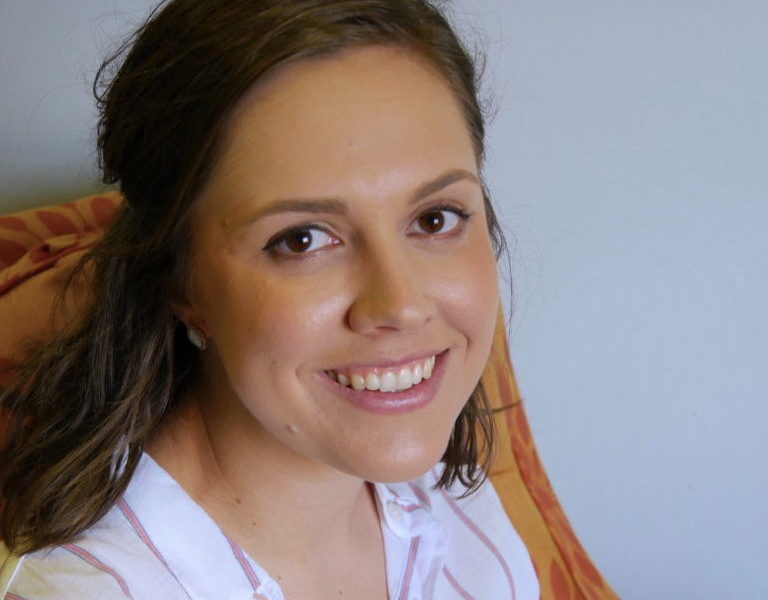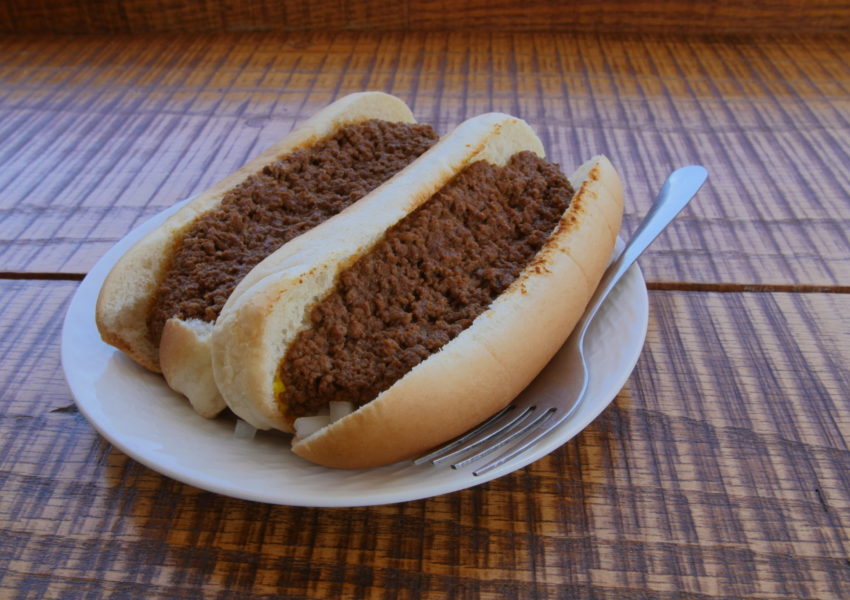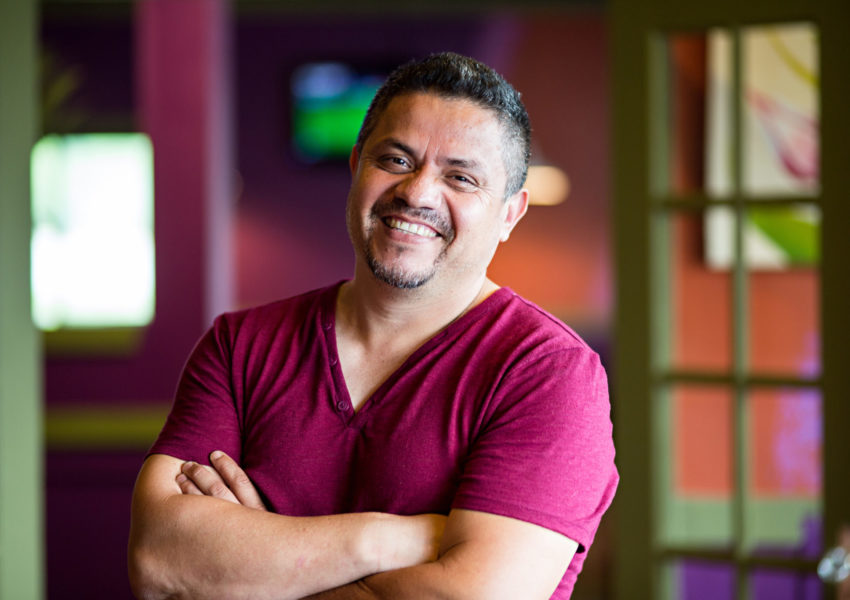IRA WALLACE Writer, Seed Saver, Educator
“First Helpings” by Sara Camp Milam
(Gravy, Summer 2016)
Ira Wallace is a seed saver, an educator, and the essential intellectual and physical energy behind Southern Exposure Seed Exchange—one of the country’s best known and most respected sources for heirloom and open-pollinated seeds.
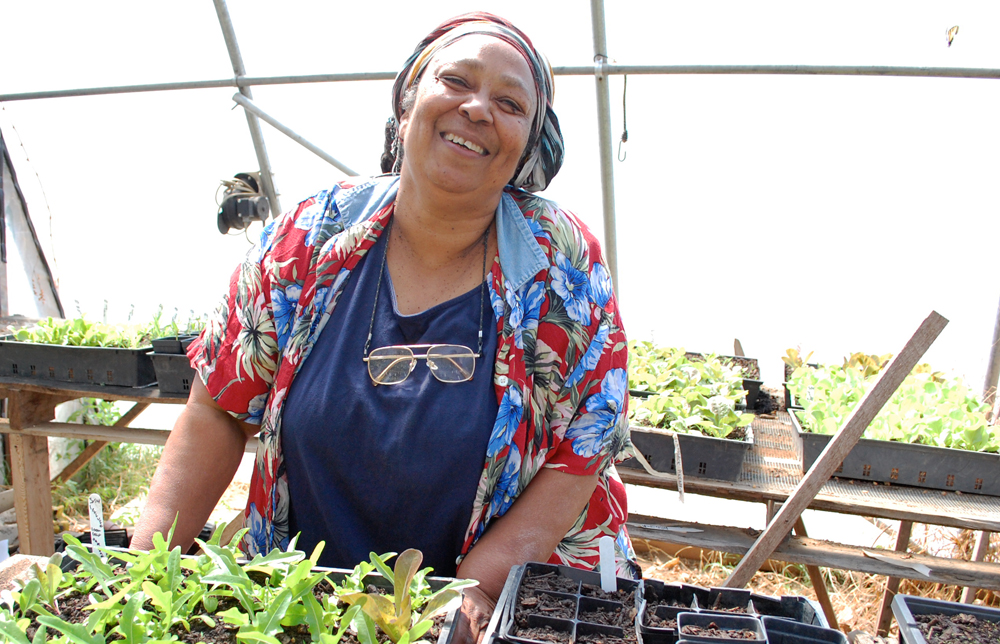
Raised by her grandmother in Tampa, Florida, Wallace developed a love of gardening. Under her grandmother’s tutelage, she grew mango, avocado, pecan, and soursop trees; tended an enormous garden; and raised chickens. At New College in Sarasota, Florida, in the 1960s, Wallace designed her own major and dug deep into the philosophy and practice of cooperative education and living.
Ms. Wallace traveled the world, exploring organic agriculture, seed saving, and cooperative living. In the 1980s, she joined the Twin Oaks Community in Louisa, Virginia. Nearly 100 folks who value cooperation, sharing, nonviolence, equality, and ecology call Twin Oaks home.
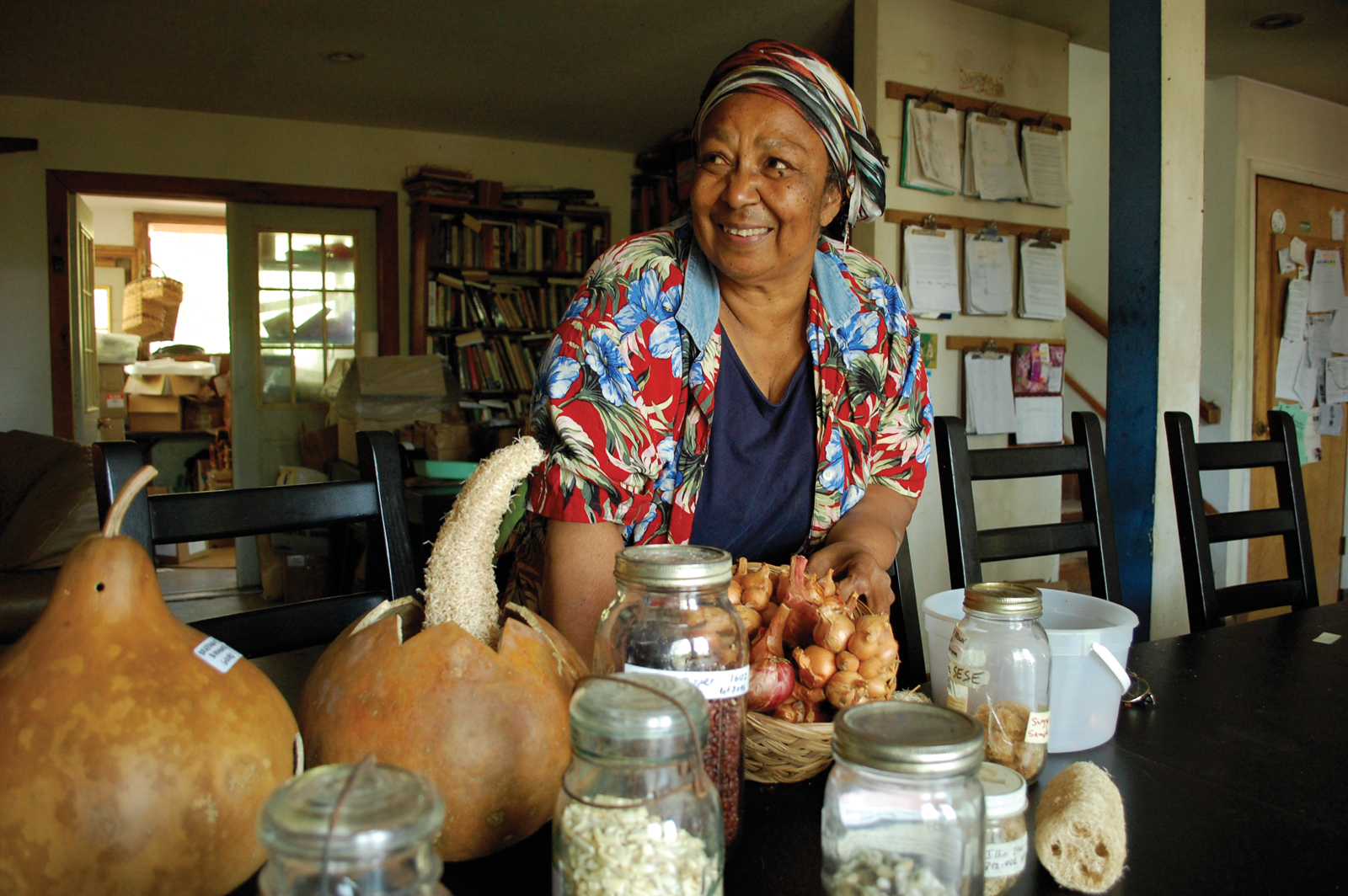
These days, Wallace splits her time between Twin Oaks and Acorn, the Mineral, Virginia, community she helped to found in the 1990s.
Acorn Community Farm is an anarchist, egalitarian community committed to income-sharing, sustainable living, and creating a vibrant, eclectic culture. The Southern Exposure Seed Exchange is Acorn’s sustaining enterprise.
Ira Wallace is the founder of the Heritage Harvest Festival, held each fall at Monticello. She presents at sustainable agriculture conferences across the region, and she is the author of The Timber Press Guide to Vegetable Gardening in the Southeast.
You’ll be hearing more about Wallace from the SFA in the months to come.
SFA Seed Saving Birds do it. Squirrels do it. Let’s do it. Let’s save some seeds. To ensure success, start with plants grown from open-pollinated seeds.
“That’s the thing with heirlooms. It’s not just the seeds. It’s the stories and the places that they came from.”—Ira Wallace, SFA Oral History
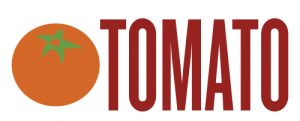 All it takes to save tomato seed is a ripe tomato, some time, and a somewhat suppressed sense of smell. Squeeze the pulp and seeds from a ripe tomato into an open container. Let the mixture sit and ferment for at least 4 days. (It will get stinky!) Drain off the liquid and the solids that floated to the top. Spread the remaining seed on a plate to dry completely.
All it takes to save tomato seed is a ripe tomato, some time, and a somewhat suppressed sense of smell. Squeeze the pulp and seeds from a ripe tomato into an open container. Let the mixture sit and ferment for at least 4 days. (It will get stinky!) Drain off the liquid and the solids that floated to the top. Spread the remaining seed on a plate to dry completely.

Leave in the field until pods are papery and dry. Harvest by pulling up the entire plant. Lay it on a tarp or hang in a dry place until the seed is completely dry. Not sure if the beans are dry enough? Try to press the seed with your fingernail. If the beans are ready to become seed then your nail won’t leave an indentation. Shell each pod by hand then clean.
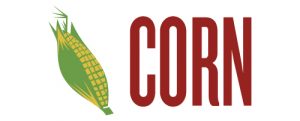 Allow the ears of corn to dry on the plant and harvest when husks are dry and papery. Once harvested, shuck and dry again indoors for 3 to 6 months. Remove any discolored kernels (toss any totally or mostly discolored cobs). Shell over a large bowl, holding the cob with one hand and twisting with the other to remove the kernels (they’ll be very wrinkled). Continue twisting until all the kernels have fallen into the bowl. Store in a rodent-proof container. Remember, humans aren’t the only species crazy for corn.
Allow the ears of corn to dry on the plant and harvest when husks are dry and papery. Once harvested, shuck and dry again indoors for 3 to 6 months. Remove any discolored kernels (toss any totally or mostly discolored cobs). Shell over a large bowl, holding the cob with one hand and twisting with the other to remove the kernels (they’ll be very wrinkled). Continue twisting until all the kernels have fallen into the bowl. Store in a rodent-proof container. Remember, humans aren’t the only species crazy for corn.


